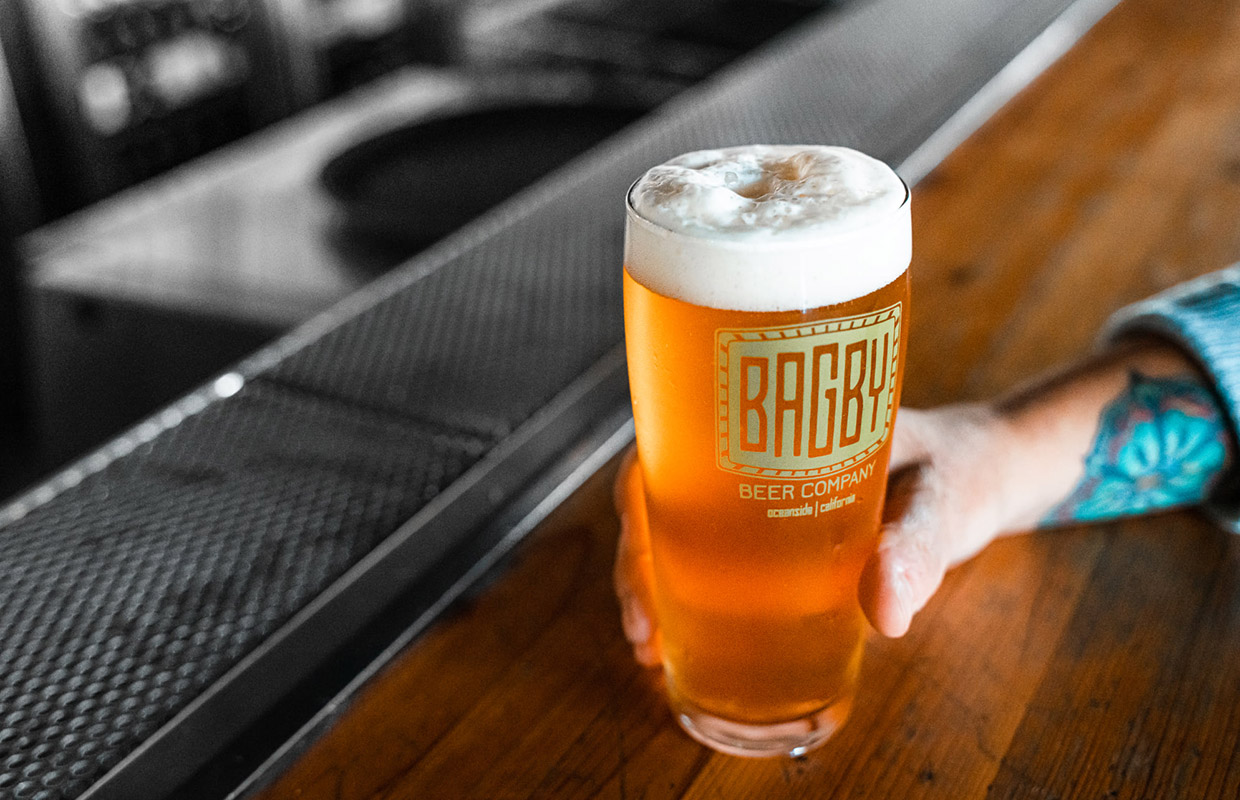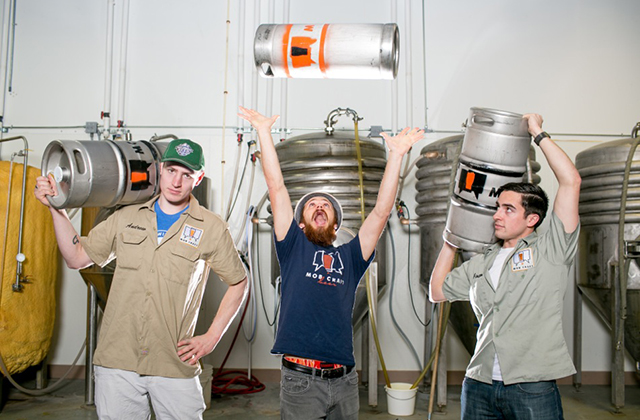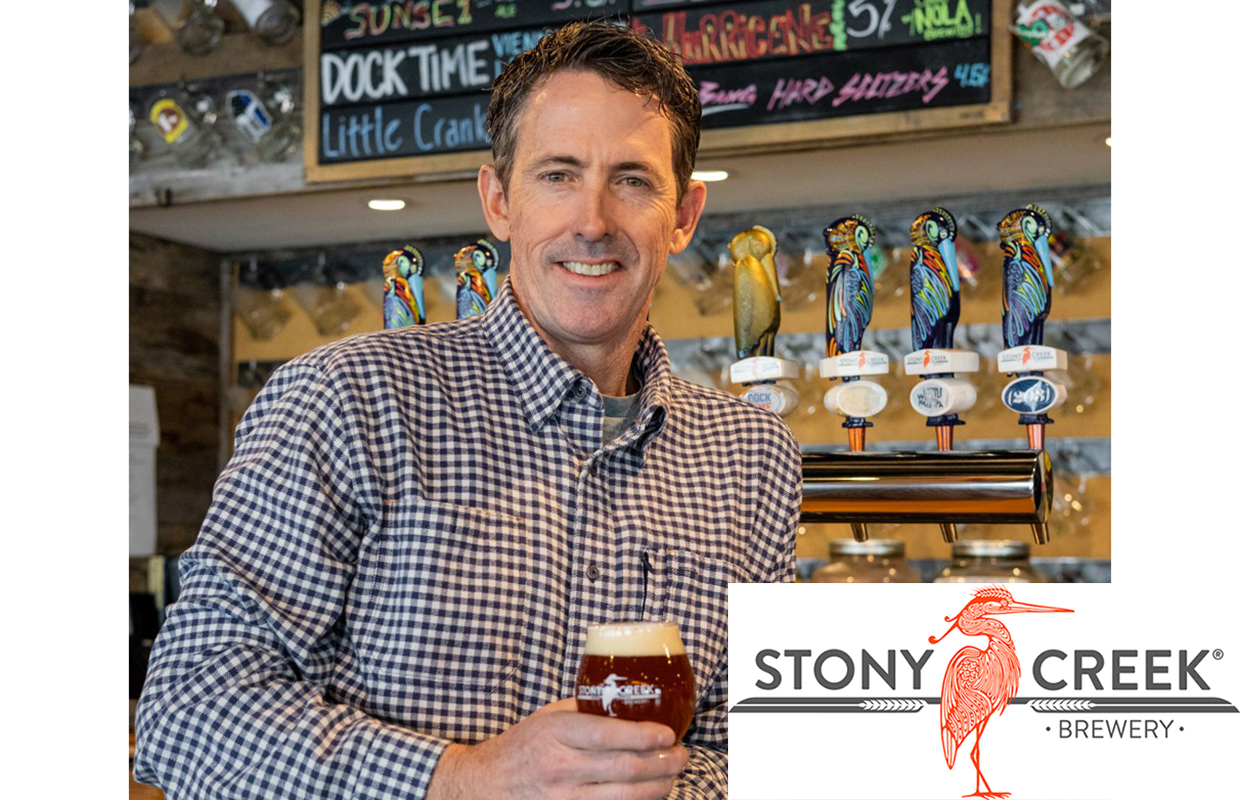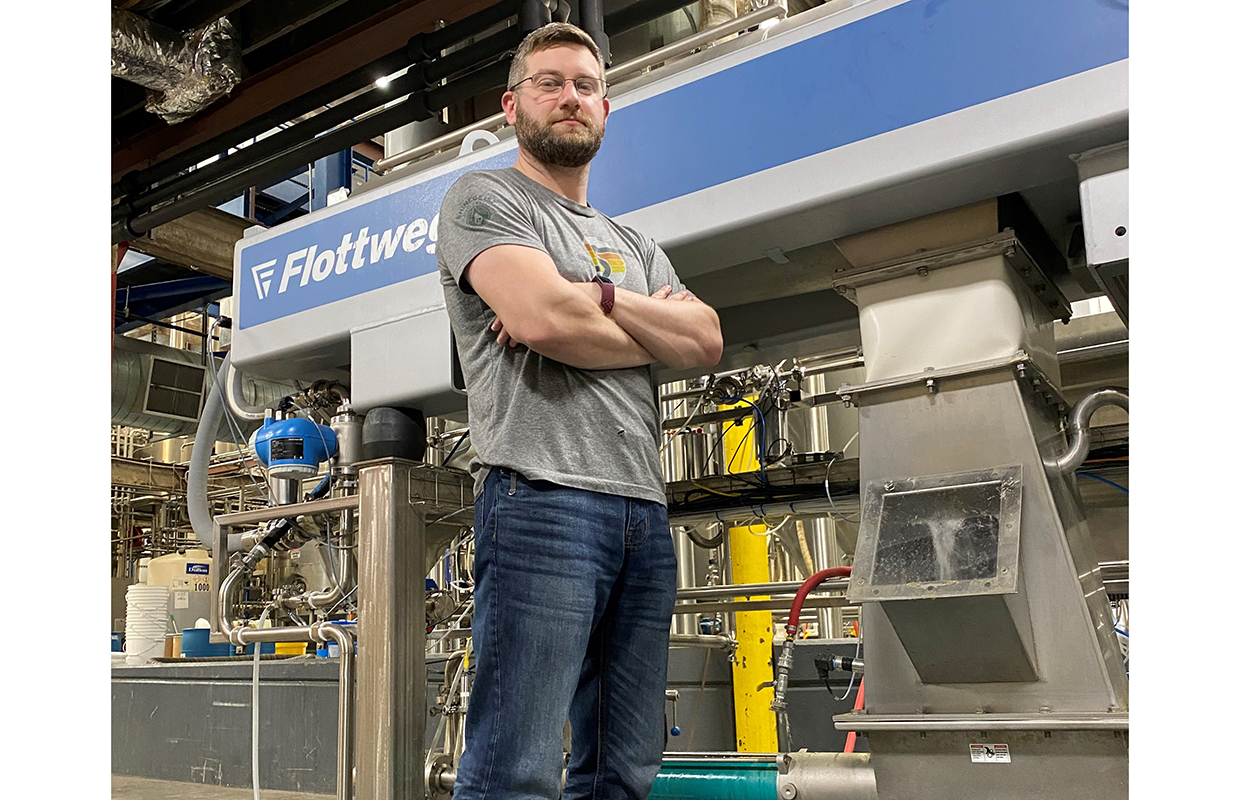
Jeff Bagby said he’s always been fond of traveling and tasting beers from the source, then bringing that home to California and trying to recreate it the best way he can. When it came to discussing proper yeasts for classic British styles, he was adamant to do it right and know what they taste like.
“It comes from tasting, talking with people that are making these beers, and understanding the flavors and components of what you’re going to get,” the owner of Bagby Beer in Oceanside, California. He shared his knowledge with other brewers at the 2023 California Craft Beer Summit this year. “We all have unique brewhouses and we have unique systems and abilities that may differ from what this original style or beer came from.
“What we do (at Bagby Beers) is try to utilize what we have to make the best representation of those styles in the can.”
The more accurate your representation means using those ingredients, such as British malts and yeast. For looking at British styles, Bagby noted that yeasts are all over the map regarding aromas, esters, sulfur, and diacetyl production.
“When you’re selecting, you’re looking at trying to think about your final beer, and what you want in that,” he said. “It may take some time, especially if you haven’t worked with any kind of British strains to get what you want, figure out timing and temperature. Things like higher fermentation temperature, yeah, it’s gonna get you more esters. But with some of those strains, it might give you some things that you’ve never smelled before in a beer. It’s the same with any Belgian or Lager yeast, it’s the same idea.”
Predominantly US brewers use American yeasts like Cal/Chico/1056, but it just doesn’t have the components that you want in certain British styles, Bagby said.
“The ester production, sulfur can be a good thing at certain levels, even diacetyl can be a good thing at very, very low levels when you’re talking in terms of British Ales,” he said.
From his experience, experimenting and talking to other brewers that have used different strains is key.
“There’s a ton out there, a lot of the labs have some really cool strains that I’ve messed around with and created some really cool aromas,” Bagby said. “For attenuation, you’re looking for a high degree mash temperature, but also your ferm temperature for some of these strains.
“They don’t like working at lower temperatures, some of them, so don’t be afraid if you’re fermenting a beer at 72 degrees Fahrenheit if you’ve never done that before. Some of these strains work their best at those temperatures.”
He stressed experimenting and find out what works.
“Experiment beyond the Fuller’s strain,” he said. “There’s a ton of fun ones out there.”




Be the first to comment